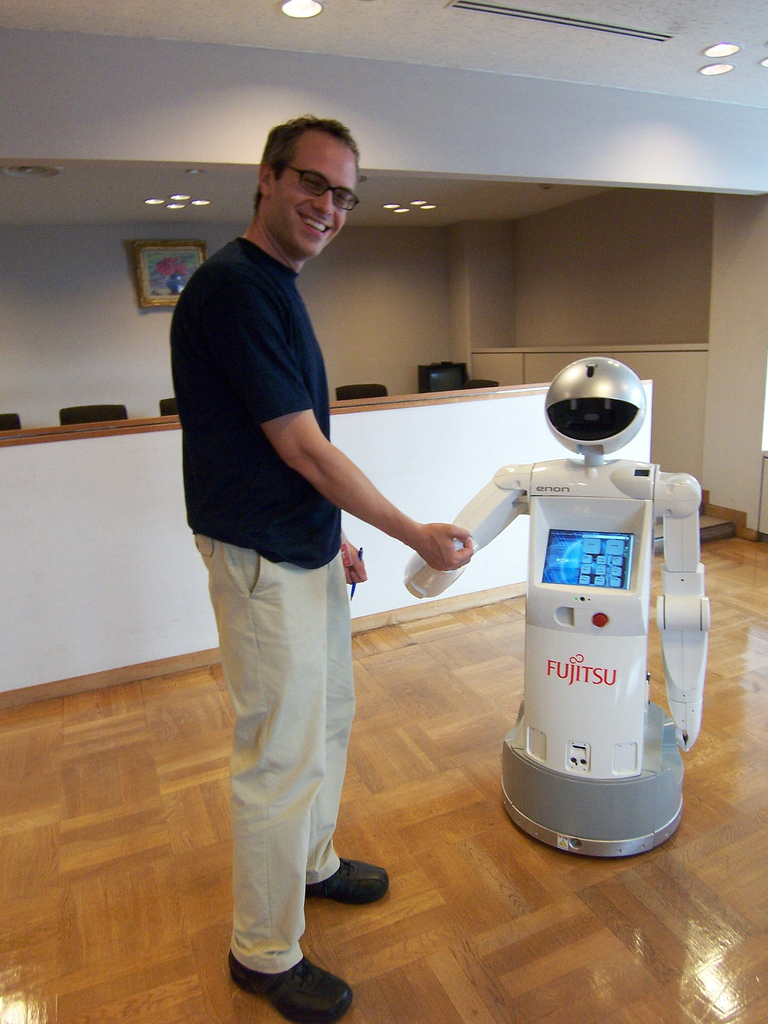Safe Technology Integration Requires Human Factors
 https://upload.wikimedia.org/wikipedia/commons/2/2d/Enon_robot.jpg
https://upload.wikimedia.org/wikipedia/commons/2/2d/Enon_robot.jpg
ISE Magazine – Volume 49, Number 4
The immense growth of technology is affecting work and personal lives everywhere, but if the advances are going to work for humans, then human factors need to be considered. Professor Sarah Sharplesdiscusses how despite the growth of digitization and intelligent automation, humans often get blamed for any resulting errors. Understanding how the latest technologies affect people and can be assimilated with human operators and workforces could go a long way toward a successful marriage of machines and people.
Sharples,noted that industrial usage of automation, informatics, robotics, sensors and mobile devices continues to increase. Human factors and ergonomics use science to apply physiological and psychological principles to balance people’s strengths and limitations, and long have contributed to optimizing manufacturing technologies and processes. Ergonomics is applied too late in the design process or as a limited part of engineering design.
The current challenge for industry is to include human factors with engineering and technology developments in order to optimize how workforces and infrastructure are prepared for the transformational changes. Industrial robots are a perfect example. Traditionally, robots and humans have worked in separate parts of factories.
But the introduction of sensor-based safety systems and smaller force-limited robots has led to greater collaboration. Applying human factors in design activities can make sure human and machine work safely together.

Comments :